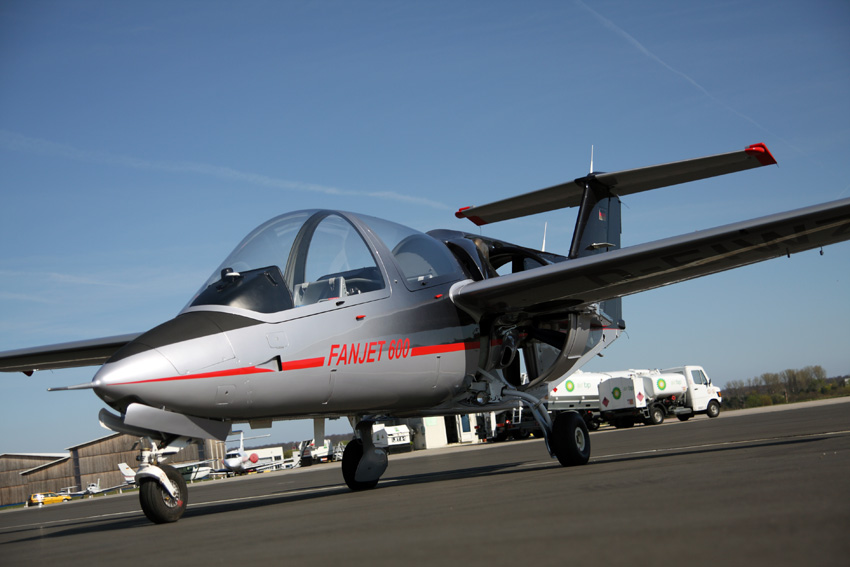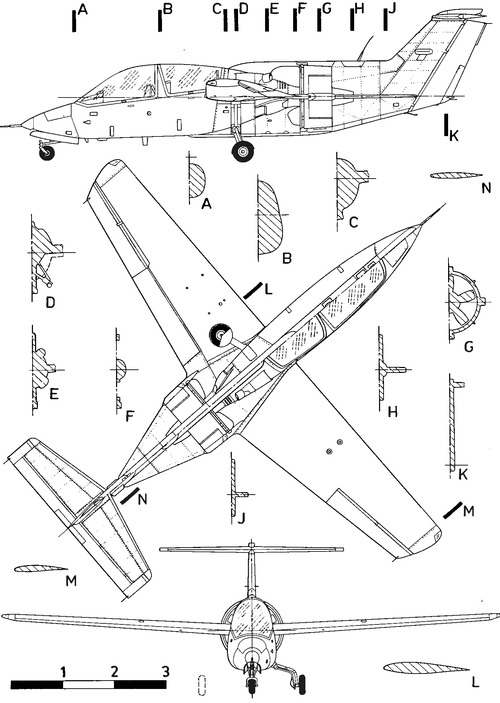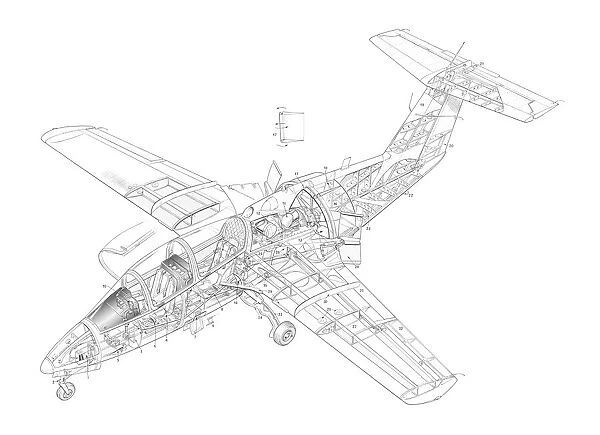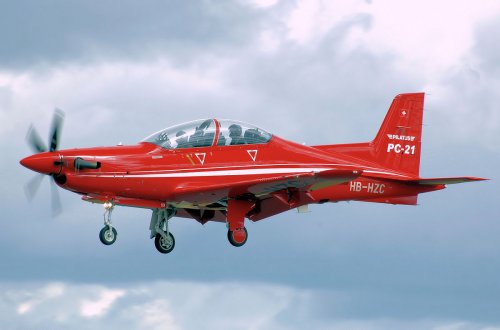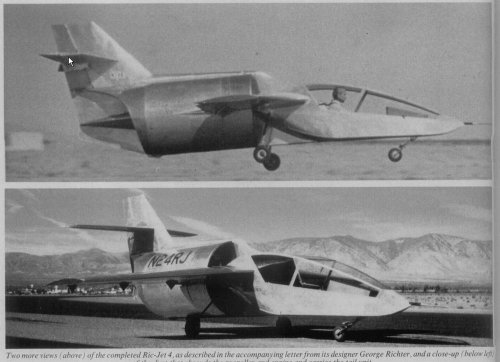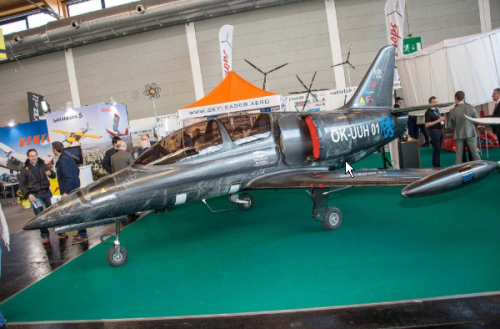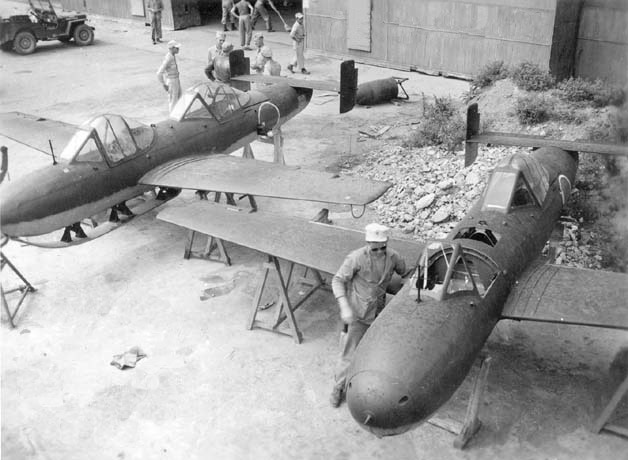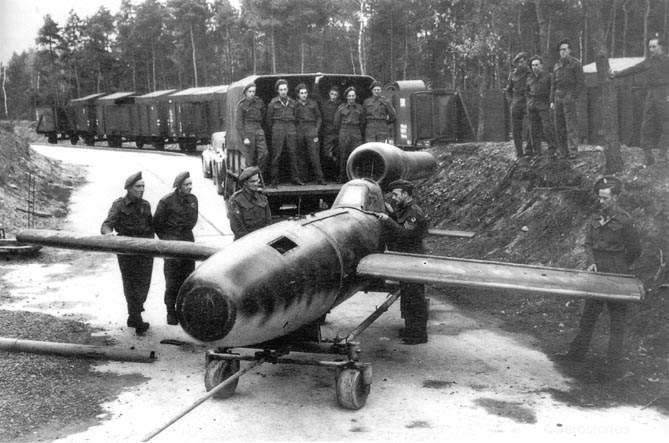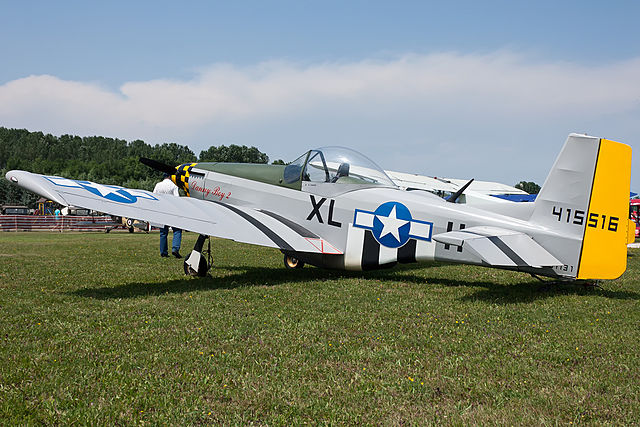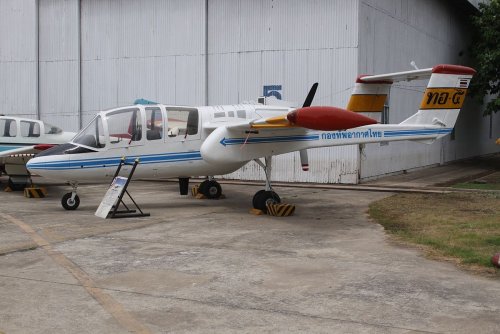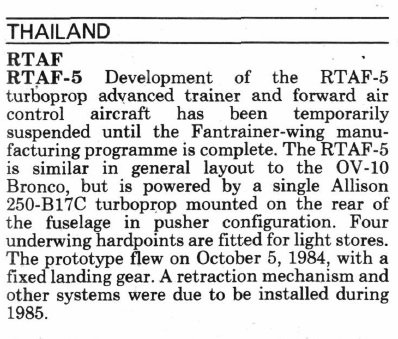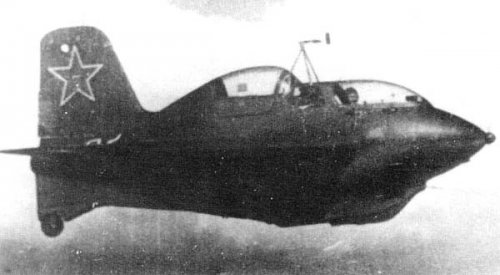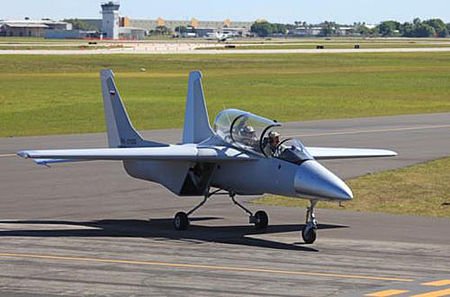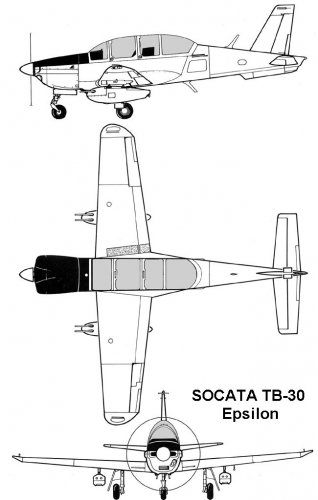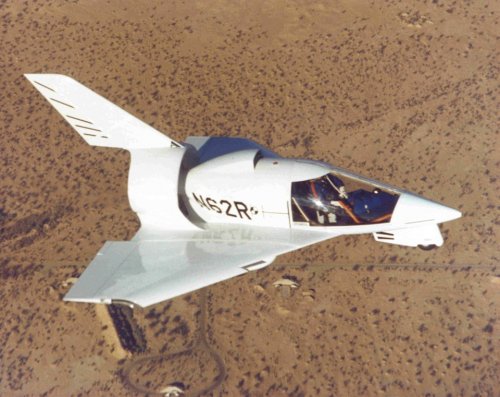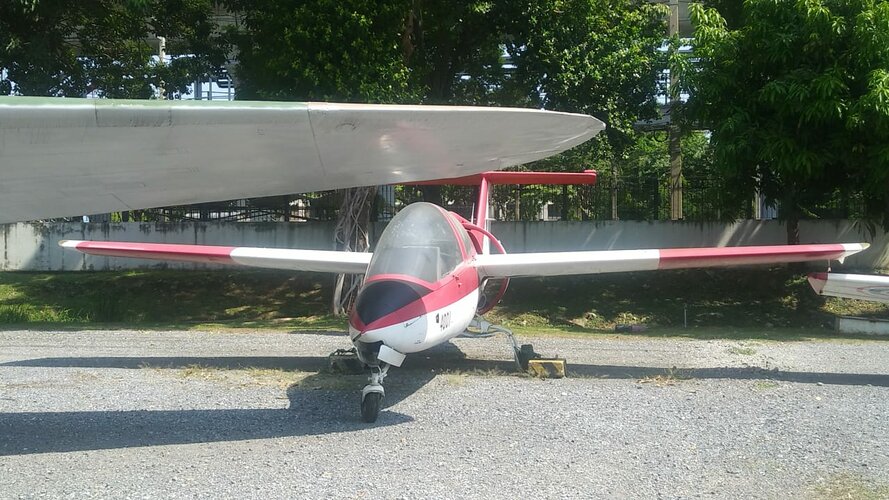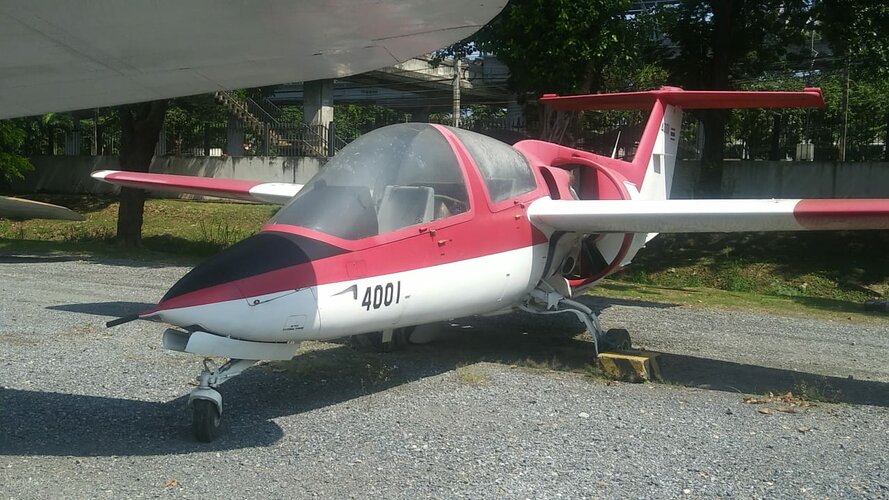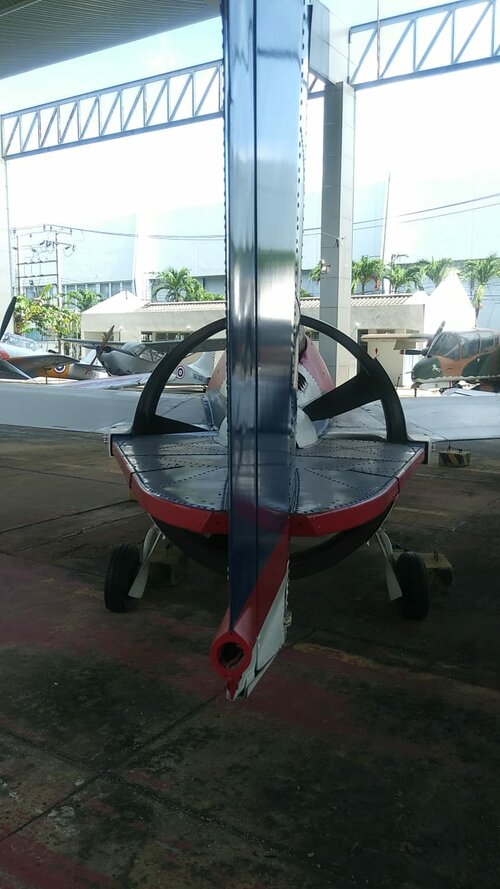The following may perhaps be of interest.
A light / private aircraft production project was launched in Canada in 1988. It originated from a futuristic West German single-engine two-seater aircraft. Designed by Rhein Flugzeugbau (RFB) in collaboration with the American company Grumman American Aviation, respectively subsidiaries of VFW-Fokker and Grumman Corporation, the Fanliner made its first flight in October 1973. Relatively uninterested in this aircraft, Grumman American Aviation completely turned away from it after its acquisition by American Jet Industries in 1978.
A military derivative of the Fanliner flew in October 1977. Although deemed superior in a competition organized around 1978 by the West German air force, the Fantrainer was not ordered. Only the Thai air force, or Kong Thap Akat Thai, signed a contract with RFB for just over 45 aircraft. These were assembled in the 1980s in air force workshops with locally made wings.
Fascinated by the Fanliner, the Canadian William H. "Bill" Rice purchased the sole prototype as well as the production rights in the fall of 1988. Having founded Fanstar Partners in the United States in 1985, with the help of a few investors, he oversaw the installation of new wings on the aircraft. Around 1987, Rice tried to convince large American and Canadian flight schools to order the light / private Fanstar, a new name adopted shortly before. The site where these aircraft would be produced remained to be chosen. That project went nowhere.
Fanstar Partners had another go at it in 1988. The company said it wanted to manufacture the Fanstar somewhere in Canada. The aircraft Fanstar Partners spoke of in 1988 was somewhat different from that envisioned in the previous year. It was actually a light / private four-seater aircraft derived from the Fantrainer. The company tried to find the funds to develop, certify and produce this aircraft. In fact, Fanstar Partners hoped to obtain federal and / or provincial financial assistance. That project was no more successful than its predecessor.
A new German company, Fanjet Aviation, bought the production rights and tooling in 2010. Its attempts to revive the Fanjet, a slightly modified Fantrainer, were unsuccessful. The company's webite was still up as of 2021...
https://fanjetaviation.com/


